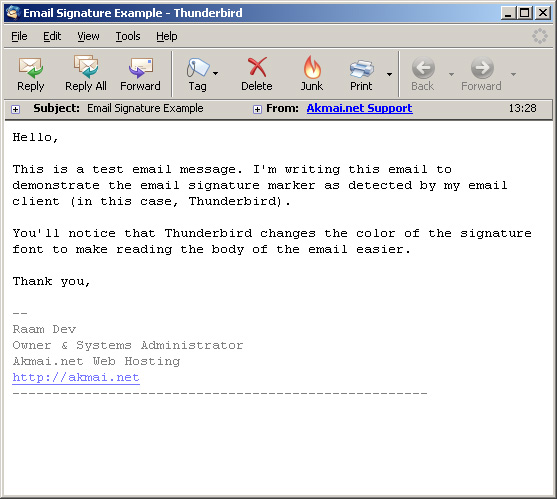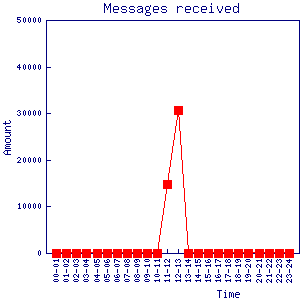I've been exploring mindfulness for the past few weeks and with that I've been making a conscious effort to fully recognize when I'm not present. When I notice that I'm not 'here', I remove myself from whatever is pulling me away from that moment.
A few days ago I noticed that I had become not present after sitting in front of the computer for three hours. To break up what would've been an all-day session, I spontaneously went for a walk in the local state forest.
It's mid-winter here in the northeast Untied States and I was greeted by a thin coat of fresh snow blanketing the forest floor. With a bitter cold breeze blowing at my face and a bird chirping somewhere in the distance, I looked around and noticed something unexpected: I still wasn't present.
As conducive as the forest was to mindfulness, simply being in the forest didn't make me feel present and mindful.
Then I noticed something else: the cold wasn't the only thing wrapping around me; there was something resisting my desire to fully experience the present. I tried to consciously release it, but it maintained its grip.
After about an hour of walking and releasing thoughts as they arose, I began to feel something else strange. I felt myself 'gaining ground' on the present, somehow 'catching up' to it.
It was as though the stickiness of modern life was slowly melting away.
What had created this resistance? What had created this strange phenomena?
Was it possible the externalization necessary to interact with people and information in a non-physical space like the Internet had actually pulled me away from the present moment to such a degree that it created a false sense of awareness?
When I began walking in the forest, I thought it would take perhaps a few minutes to feel mindful and present again. It was cold and I hadn't planned on spending much time walking.
It took almost two hours before I began to feel mindful and present. (I spontaneously recorded a short video towards the end of my walk.)
I do not believe in the elimination of technology to solve problems that we ourselves create by misusing technology. (Just as a gun doesn't kill people, technology doesn't make people unmindful; we do that to ourselves.)
Taking a one-month digital sabbatical would only put a bandaid on the problem. I would rather learn how to create harmony in my life by experimenting with new ways of living and interacting with technology.
To begin, I sought out the greatest sources of distraction in my life by asking myself two questions throughout the day:
Where am I and what am I doing?
Is this activity pulling me away from the present moment or returning me to it?
What I learned surprised me: the greatest source of regular distraction from present-minded awareness in my life came from activities related to email.
I spend a lot of time working online and a large amount of my communication with others happens through email. That said, my email is quite manageable. I have a system in place that keeps things organized.
Despite receiving more than a hundred emails a day and writing dozens of replies, I don't feel overwhelmed. Why then, was my email the greatest source of distraction from the present moment?
The answer, I determined, could be found in my relationship to email and in the way that I gave it my attention.
Normally, I would check for new email dozens of times a day and immediately reply to any messages that would take less than two minutes of my time.
I would also check email on my phone dozens of times a day, sometimes replying but usually just scanning their contents and allowing myself to reply later from the computer. (What a waste of time... always reading emails twice!)
What was so important that I needed to check for new email dozens of times a day and read the same email multiple times? What would happen to my daily mindfulness if I reduced that to checking email once a day and reading every email just one time?
Testing a Proactive and Conservative Approach to Email
Here's how I'm going to start experimenting with mindful email:
- I will read and reply to email only once a day, preferably towards the evening so that my vitality and creative energy are available to my other, more present activities like creating, learning, and reflecting. I will not enter the inbox until I'm ready to actually focus on the activity of reading and replying to emails.
- I will keep my email responses short and to the point; I will resist any urge to go into depth in a single email and instead choose depth over time by asking better questions and conversing across multiple replies. The goal isn't to be laconic, but rather pithy and succinct.
- I will use my phone to scan for emergency business-related emails, but I will never open the emails on my phone; I will only use the phone to scan email subjects.
The intention here is to be more deliberate with how I use email as a form of communication, to be proactive and instead of reactive to inbound requests for my attention.
In the few hours since I began this experiment, I've become aware of just how habitual checking email has really become. Any time my focus wandered while writing this Journal, I found myself with the urge to check my inbox or browse a social media site.
To reshape those habitual patterns, I've started turning my focus away from the computer or simply get up and walk away from my computer for a few minutes.
These mindfulness experiments are not about disconnecting more; I'm not trying to remove myself from technology or go on a 'digital sabbatical'. The goal here is to spend more time connected to the present while simultaneously using the tools provided by technology to grow and live better.




